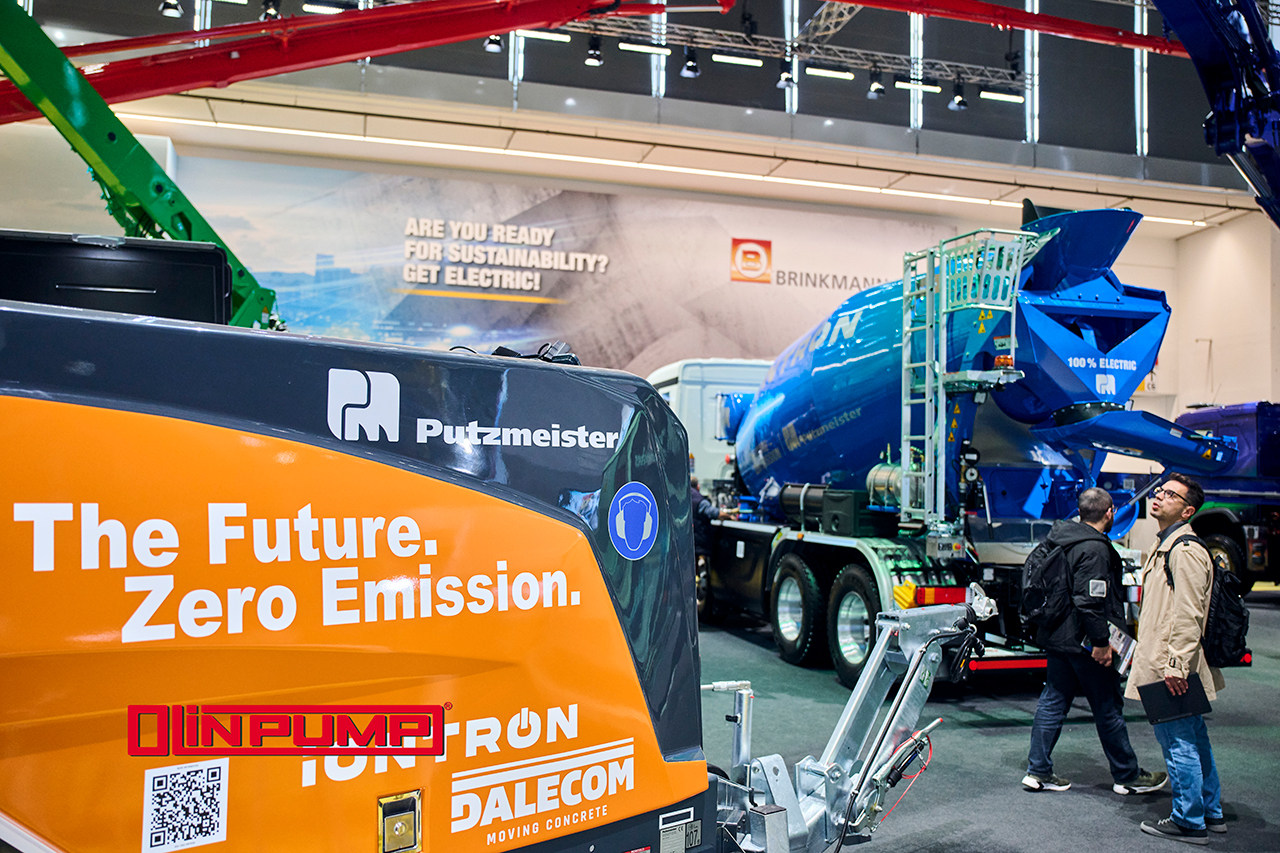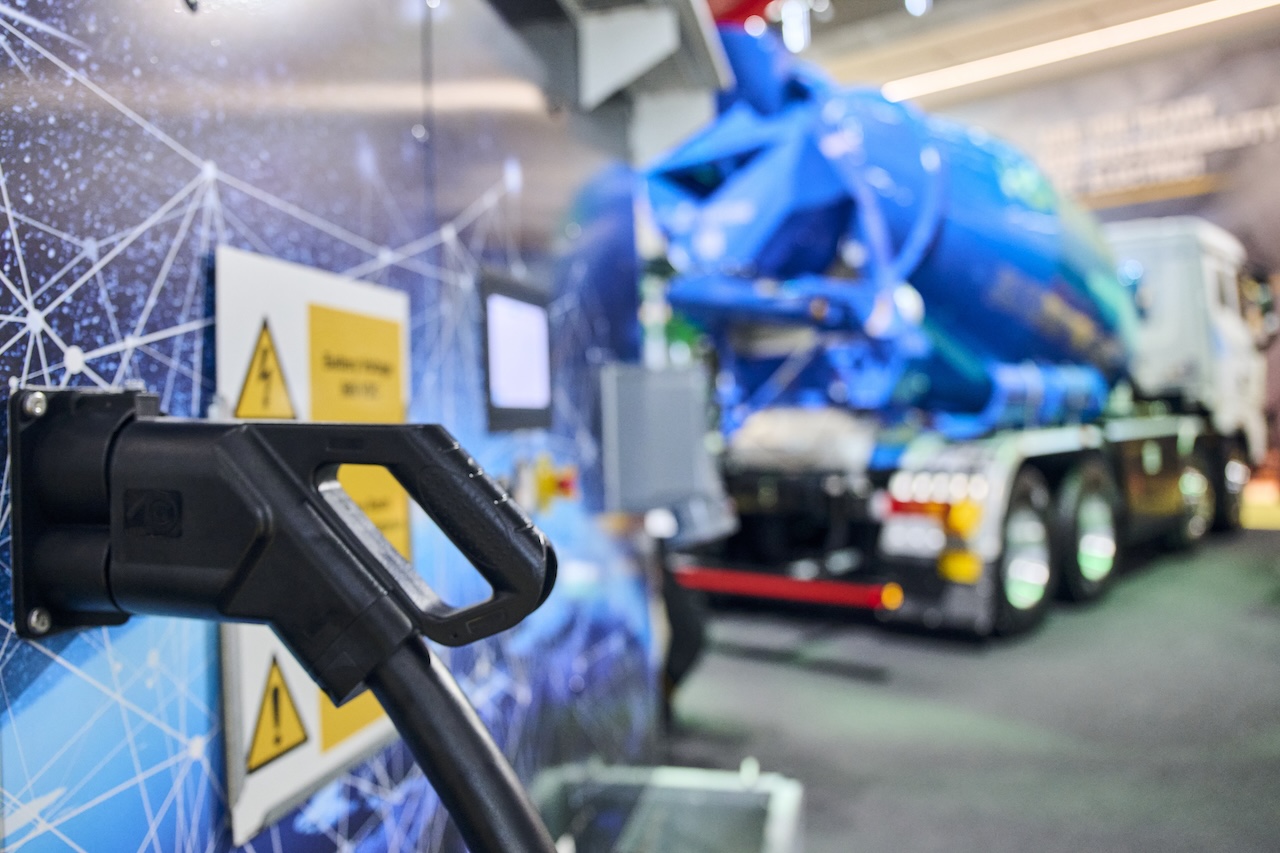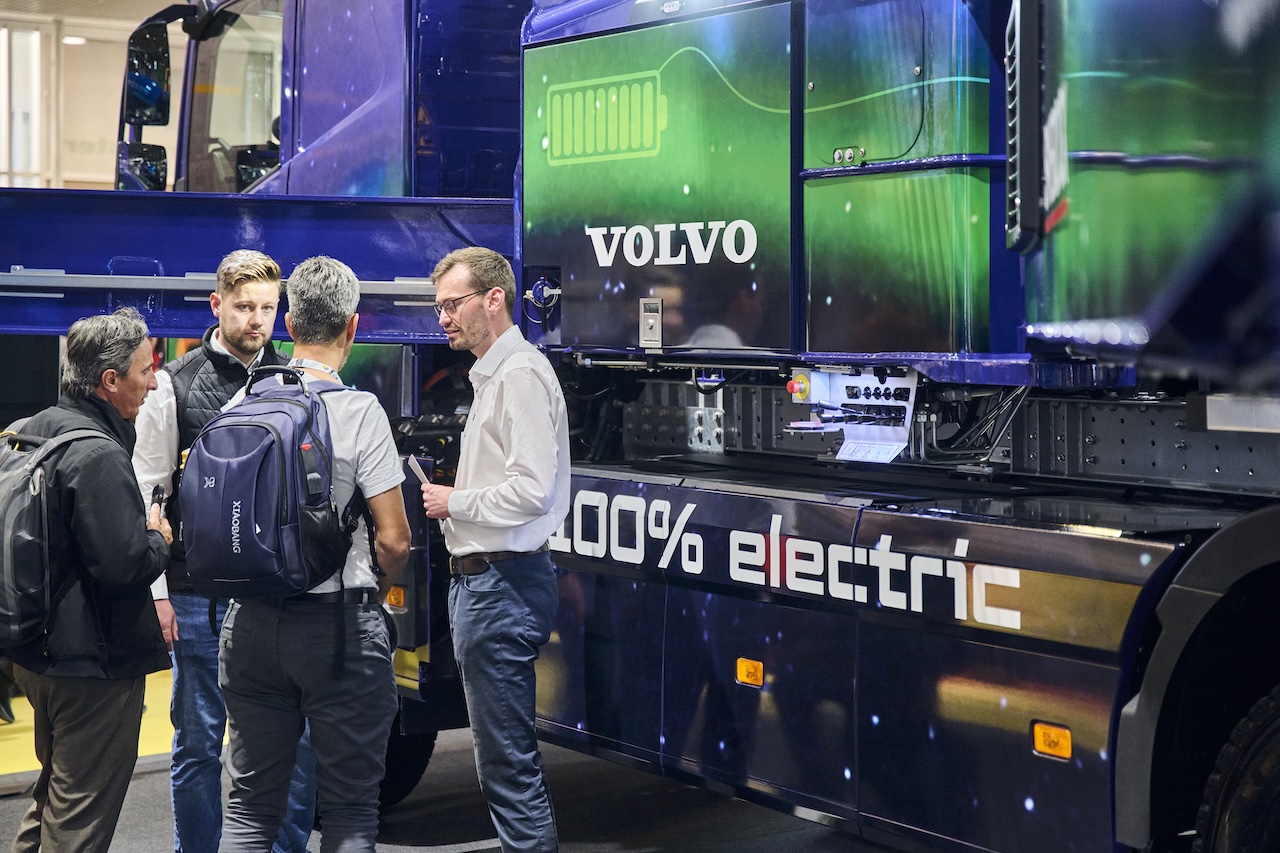
At Bauma 2025 in Munich, Volvo Trucks and Putzmeister unveiled what they called the world’s largest fully electric concrete pump. Built on an electric chassis and promoted as a greener alternative to diesel, the unit shown featured a 42-meter (138 ft) boom and per the manufacturer, can drive 30 miles and then pump about 65 cubic yards of concrete on a single charge. While the concept points toward a possible future, the practical challenges make it questionable.
The Promise of Electric Pumps
- Zero exhaust at the jobsite
- Lower noise
- Limited duty window before recharge
- On-site CCS charging for longer placements


The Reliability Gap
Early electric pump trucks raise questions for long duration pours as current battery systems are unproven under heavy pumping wordloads. Infrastructure for charging heavy equipment is extremely limited, if any, on jobsites. The high upfront cost of ownership relative to diesel fleets are astronomical. Trade coverage and manufacturer statements underscore that these platforms are still in early development.
The Reality
Olinpump centers on diesel powered S-Tube and Ball Valve pumps designed for dependability and lowest cost per yard rather than electronics-heavy complexity. That philosophy is rooted in decades of field problem-solving starting with Olin’s early nitrogen-backed surge chamber innovation to tame line surge and improved flow.
The Bottom Line
The debut of electric pumps at Bauma 2025 shows where some manufacturers are experimenting. But in the field, contractors continue to need machines that can be counted on day after day. Until electric systems can match the proven reliability and practicality of established ball valve and s-tube pumps, diesel-powered designs will remain the trusted standard on jobsites worldwide.